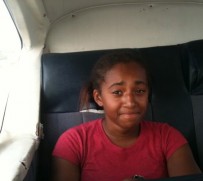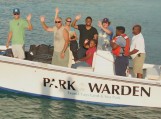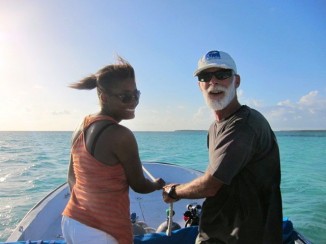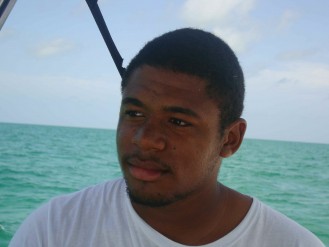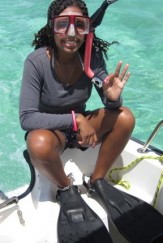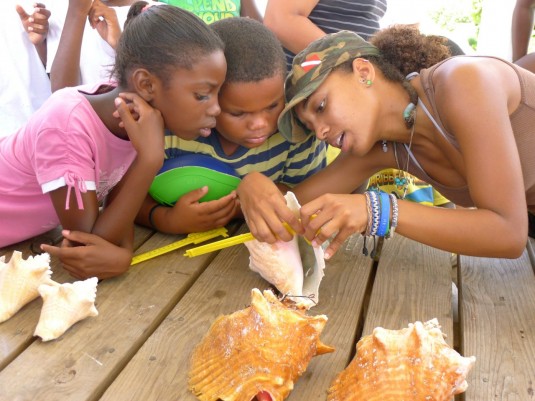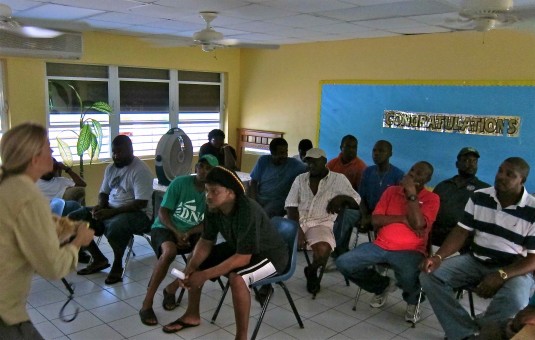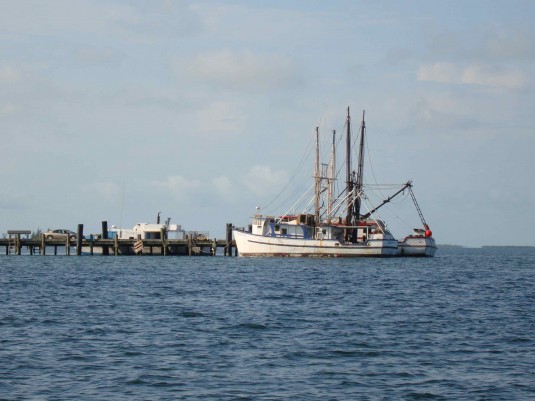After a great visit in the Exuma Cays Land and Sea Park last summer, and with conch on the priority list, the Island School invited us over to Cape Eleuthera to help them get a queen conch monitoring program started! We’re super excited to support this effort, especially since we’ve benefited so much from the great training their students get through the Bahamas Environmental Steward Scholarship (BESS) program offered every semester at the school. Some of our best volunteers have been BESS students (wink Ted, Alannah, and Jaz).
The student research group will soon be heading out into the shallow waters in the backyard of their campus to survey queen conch. First, their fearless research instructors, Steve and Kristal, wanted to make sure the data they will be collecting is comparable to the data Community Conch collects in other areas of The Bahamas. Second, they were glad to get a little towing wisdom…it goes a long way!

The new Island School conch cohort
So into the field we went…The students had a great time floating along in the chilly water learning what a queen conch, milk conch, and king helmet conch look like, how to quickly determine if a conch is alive or just an empty shell, and how to identify a juvenile, sub-adult, and adult. Steve and Kristal also learned the finer points of getting in a good transect tow, and how to measure the lip thickness of a conch shell.
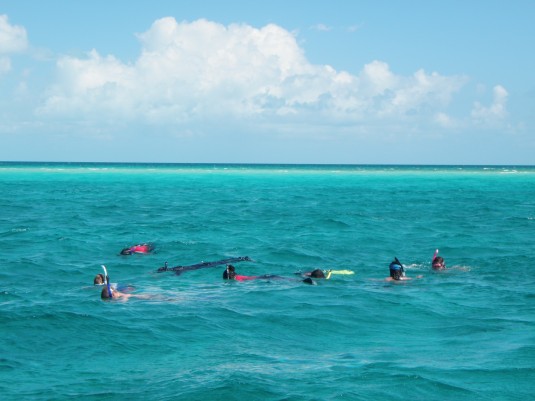
Looking for the queen

Kristal measures the lip thickness of an adult conch

Steve and Kristal collect their first conch for measurement.
The surveys the Island School research group will complete are important, not only for educational purposes, but in a real life context. The area they will cover is an important local fishing ground that supplies the communities of south Eleuthera. What would they do without a steady supply of conch?! Geographically, it’s also a very interesting area because of the orientation to Exuma Sound and possible connectivity to other conch populations in this system.
So, good luck Steve, Kristal and the conch research team! You’re on your way to making a difference!











